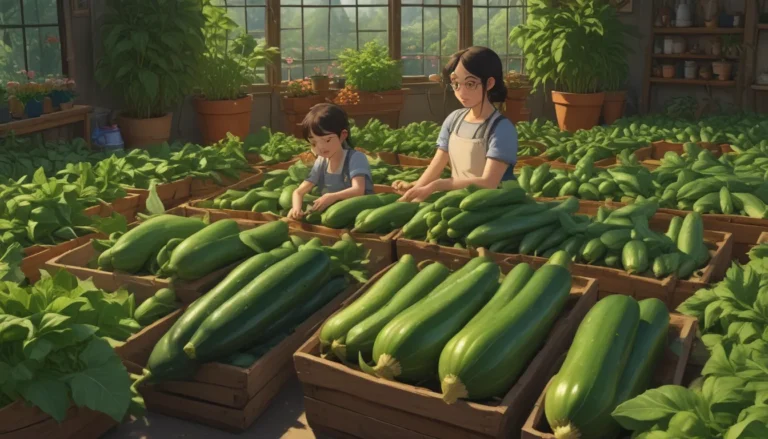The Essential Guide to Navigating Seed Catalogs

Are you a home gardener eagerly awaiting the opportunity to plan your upcoming growing season? Look no further than the colorful and inspiring seed catalogs that are currently hitting mailboxes and websites.
Seed catalogs have a rich history that dates back centuries, with market gardeners like Richard Gardiner, who published one of the earliest known seed catalogs in the late 1500s. These publications continue to evolve, providing gardeners of all levels with a vast selection of seeds for their gardens.
Whether you have acres of land or just a few pots on your patio, seed catalogs offer something for everyone. But how do you navigate these treasure troves of horticultural delights and make the most of your selections? Here are five essential tips to help you get the most out of seed catalogs:
1. Get the Lay of the Land
When you open a seed catalog, where do you start? Look for a key to symbols and guides that explain the terminology used throughout the publication. Sections are typically organized by type of plant – fruit, herbs, vegetables, flowers, perennials, live plants, and garden gear. You may also find articles, recipes, and other helpful information scattered throughout.
Descriptions of plants can vary, but typically include details such as USDA Hardiness Zones, sunlight requirements, soil conditions, and planting instructions. Some catalogs may also offer information on whether the seeds are organic, heirloom, or open-pollinated.
If you find that the print catalog is lacking in information, don’t hesitate to check the company’s website or contact customer service for more details. Customer reviews online can also be a valuable resource for making informed decisions.
2. Don’t Be Ruled by Climate Zones
While USDA Hardiness Zones can provide a general guideline for plant selection, they are not the be-all and end-all of garden planning. Consider the advice from the Baker Creek Heirloom Seeds Rare Seed Catalog, which notes that many seeds in their catalog are suitable for a wide range of growing conditions in the US. Instead of solely relying on hardiness zones, consider factors like frost dates and local climate conditions when selecting seeds.
Keep in mind that what grows as a perennial in one climate may behave as an annual in another. Understanding your specific growing conditions will help you make more informed choices when selecting seeds.
3. Underestimate Your Need for Seed and Overestimate Your Need for Space
It’s easy to get carried away when buying seeds, but it’s important to strike a balance between having enough to plant and not overspending on unnecessary seeds. Start with a small quantity of seeds for each variety, as not all seeds will germinate, and some plants may not thrive in your specific conditions.
Consider the space you have available for planting and plan accordingly. If you have limited space, focus on a few key varieties that will thrive in your garden. If you have more room to spread out, create a planting plan that takes into account the mature size of each plant and the desired spacing.
4. Beware the Lure of the Latest, Greatest
It’s tempting to be drawn to new and exotic plant varieties when browsing seed catalogs. While these newcomers may offer exciting possibilities, it’s essential to consider the track record of these plants before making a purchase. Look for customer reviews or feedback on these new varieties to get a sense of their performance in real-world conditions.
If you can’t resist trying a new plant, start with a small quantity to test it in your garden. Be prepared to share your experiences with others by providing feedback on the company’s website.
5. Comparison Shop
Don’t limit yourself to just one seed catalog when making your selections. Compare prices and quantities across different catalogs to ensure that you’re getting the best value for your money. Convert prices per packet to cost per seed to make fair comparisons, especially when considering organic or heirloom varieties that may be priced higher.
Don’t forget to explore a variety of seed companies, both in print and online, to find the best options for your garden. Look for reputable companies with a commitment to quality, sustainability, and customer satisfaction.
Conclusion
Seed catalogs are more than just pages of seeds – they’re a gateway to a world of gardening possibilities. By following these tips, you can make the most of your seed catalog shopping experience and plan a successful garden for the upcoming growing season.
Do you have a favorite seed catalog that you look forward to every year? Share your thoughts and experiences in the comments below. And be sure to explore our other gardening resources to help you get ready for planting season.
Happy gardening!





